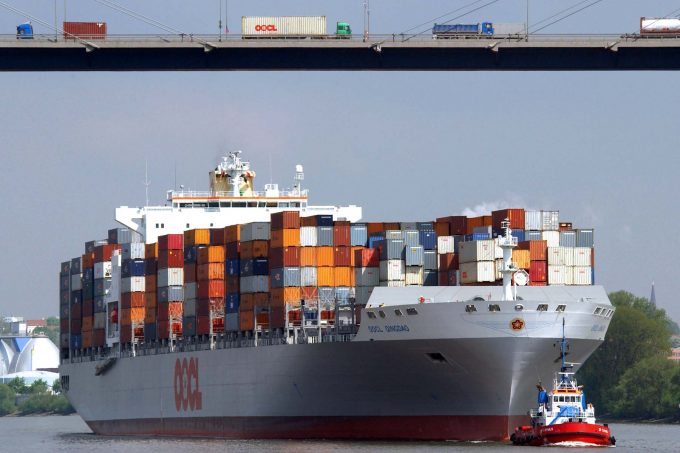Liners unveil Asia-Europe FAK price hikes to arrest steady rate decline
Container shipping lines are looking for a hike in Asia-Europe spot freight rates, announcing a ...

Shippers and carriers start their Asia-Europe 2017 contract negotiations against a background of higher spot rates than a year ago, and according to the latest freight rate forecast by Drewry, “the direction will now be up for rates”.
Indeed, today’s Shanghai Containerized Freight Index (SCFI) recorded a 25.9% surge in spot rates for North Europe and a 41.2% leap for Mediterranean port rates, further ramping up the pressure on shippers.
SCFI spot rates for North Europe today stand at $958 per teu, and for the Mediterranean $788 per teu, suggesting that ocean carriers have succeeded in implementing a reasonable quantum of their GRI (general rate increase) and FAK (freight all kinds) rate adjustments.
For the transpacific, trade spot rates recorded by the SCFI were up 6.1% to the US west coast, at $2,034 per 40ft, and for the east coast by 10.6% to reach $2,836 per 40ft.
The “corner has been turned” according to Philip Damas, director and head of Drewry’s supply chain advisors practice, and he noted that in the last six months there had been a “significant correction of freight rates” from the all-time unsustainable lows of March and April.
“The environment is very different to a year ago,” said Mr Damas, suggesting that the so-called ‘Hanjin effect’ and the subsequent ‘flight to safety’ by nervous shippers was playing a part in the firming of rates on a number of routes.
However, Mr Damas also admitted there was a paradox while the supply-demand fundamentals of the container liner business remained way out of kilter, with chronic overcapacity still plaguing the industry.
Moreover, a further 1.7m teu of newbuild capacity is scheduled to hit the water in 2017, following the 1.2m teu added this year.
Nevertheless, Drewry said it had also detected a change in behaviour by carriers – who, and not least their shareholders, were as equally shocked by the sudden demise of the world’s seventh biggest carrier – to endeavour to rebuild their balance sheets, after years of losses that have left many shipping lines worryingly over-leveraged.
The impact of the rock bottom spot market on 2016 contract rate negotiations was significant. Drewry calculated that contract rates declined by some 40% between the third quarter of 2015 and the third quarter of this year.
This was evidenced by third-quarter operational numbers released by OOCL today – although the Hong Kong-headquartered line carried 14% more containers on the transpacific route in Q3, compared with the same period last year, the carrier’s revenue slumped by 18%.
Over the first nine months of the year, OOCL carried 5.4% more containers on its ships, 4.4m teu, but its revenue tanked by 15.8% to $3.4bn – a toxic mix that would splash red ink over the accounts of even the most highly efficient and astute of carriers.
Elsewhere, Patrik Berglund, chief executive of freight rate benchmarking platform Xeneta, reported that large volume shippers seeking long-term contracts with carriers were finding difficulty in renewing deals at the bottom of the current market, where, he says, “many of the older, expiring long-term contracts now sit”.
He added: “This should wave a red warning flag to any shipper tendering/bidding for new long-term rates in January, the European norm, and next May, the US standard.”
And one carrier source told The Loadstar today his sales team had been instructed to “walk away” from renewing Asia-North Europe long-term volume contracts if the BCO would not accept a substantial rate hike.
Comment on this article